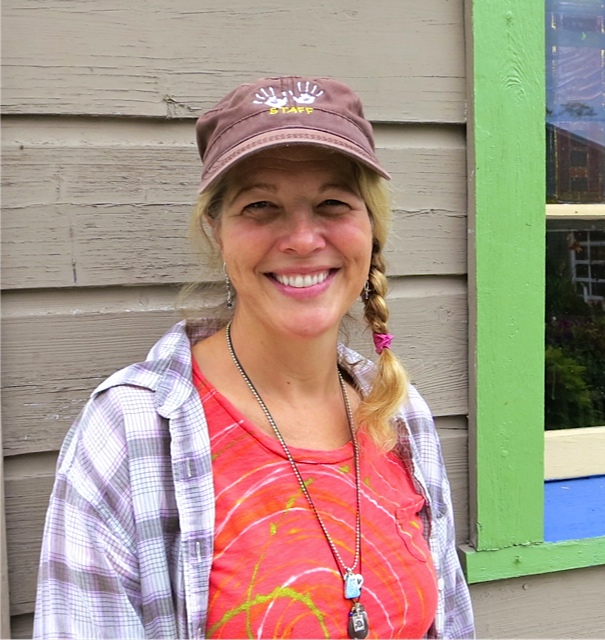
If everybody stayed in their cubicle all the time and didn’t play around with ideas and solutions, they’d never come up with new products or new ways of doing things. Creative problem solving is play. The biggest moment of learning is when you open up your mind and allow yourself to play. That will help the community as a whole get better. (Read on and see how Ralph Waldo Emerson’s legacy is alive and well today.)
1. What led you to the mission of play coach?
Children inherently know how to play. But when we become adults, we don’t always give ourselves permission to play. I give people that permission. I say, “It’s OK to play.”
My parents died suddenly in 1998 and 1999. I was in my thirties. I realized life is a bit short and if we 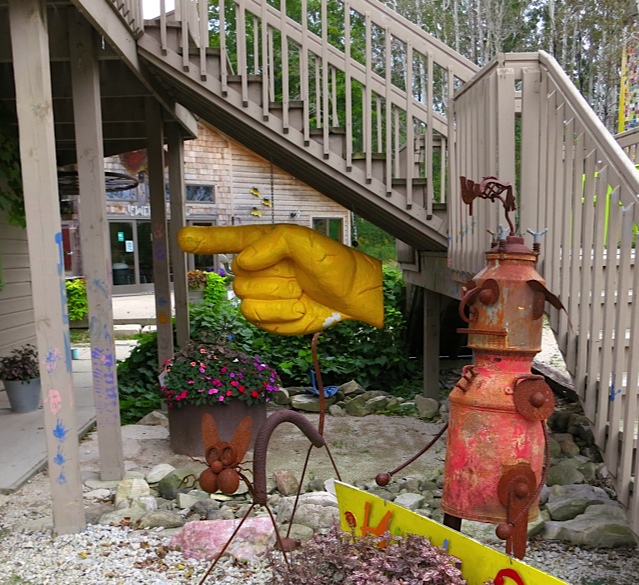 don’t figure out to enjoy it, we may end our stay on this planet and not really feel like we have fully embraced it. We had three family businesses and I had to learn to play within work. My mom was a theater major, so we ended up working and playing at the same time by developing goofy characters. I realized that work is not bad and play isn’t either! They both can be fun.
don’t figure out to enjoy it, we may end our stay on this planet and not really feel like we have fully embraced it. We had three family businesses and I had to learn to play within work. My mom was a theater major, so we ended up working and playing at the same time by developing goofy characters. I realized that work is not bad and play isn’t either! They both can be fun.
I teach adults that it’s OK to laugh, it’s OK to play, and it’s OK to have some fun because you are actually learning – that’s how we learn! The biggest moment of learning is when you open up your mind and allow yourself to play.
2. What does this mission mean to you?
Being a play coach means I can make this world better – because I existed. That’s borrowed from 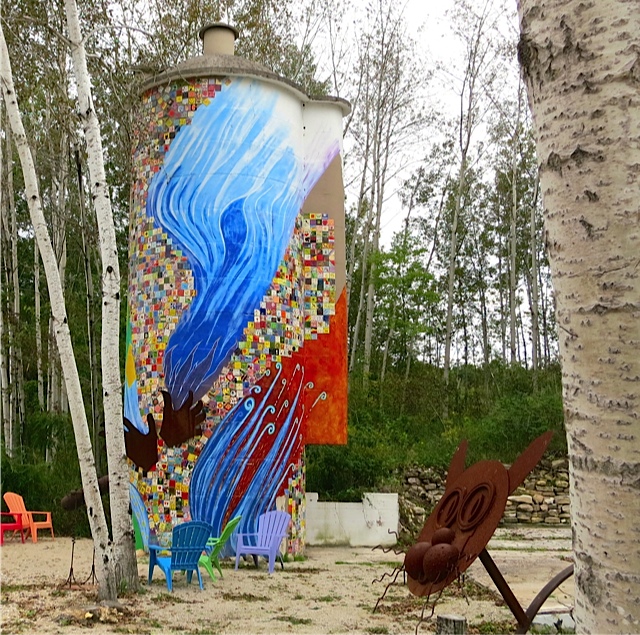 Emerson. I was struck by the quote during 9/11 while I heard people talking about the Pennsylvania Flight 93 that crashed into a rural area. Before he left on that flight, one of the men left his wife a note. She read the note and it was an Emerson poem about success. The whole idea was that the world is a bit better because you existed. I thought, “Wow, that was significant. There’s the mission. There’s the legacy.”
Emerson. I was struck by the quote during 9/11 while I heard people talking about the Pennsylvania Flight 93 that crashed into a rural area. Before he left on that flight, one of the men left his wife a note. She read the note and it was an Emerson poem about success. The whole idea was that the world is a bit better because you existed. I thought, “Wow, that was significant. There’s the mission. There’s the legacy.”
(Here is part of that Ralph Waldo Emerson poem: To laugh often and much; to win the respect of intelligent people and the affection of children; to 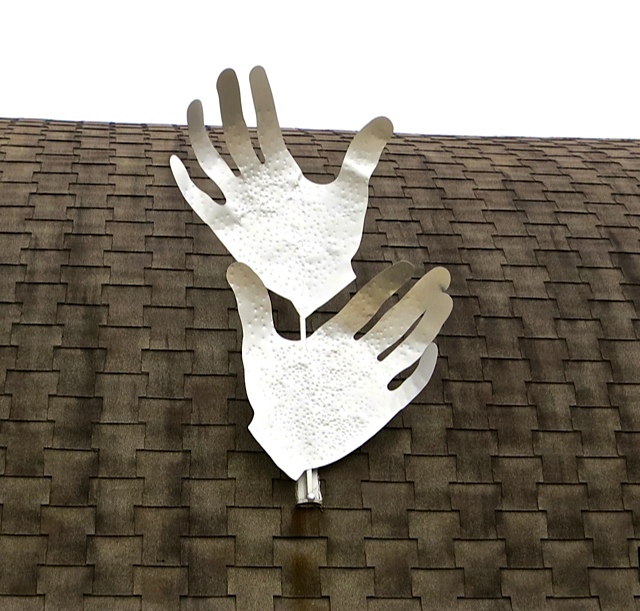 earn the appreciation of honest critics and endure the betrayal of false friends; to appreciate beauty; to find the best in others; to leave the world a bit better, whether by a healthy child, a garden patch or a redeemed social condition; to know even one life has breathed easier because you have lived. This is to have succeeded.)
earn the appreciation of honest critics and endure the betrayal of false friends; to appreciate beauty; to find the best in others; to leave the world a bit better, whether by a healthy child, a garden patch or a redeemed social condition; to know even one life has breathed easier because you have lived. This is to have succeeded.)
I’m very involved in philanthropic efforts and I tell people, “Philanthropic efforts are not just money — you can always write out a check. Philanthropy is giving your time and talents.” I tell them, “You can tap into your talents and that will help the community as a whole get better.”
3. What was your best day as a play coach?
Every day I find something special and count my blessings. I can remember one particular family reunion. Great grandparents — to the great  grandchildren came in to the studio. (Hands on Art Studio, Door County, Wisconsin) They were able to play and interact together. It didn’t matter what age they were or which family they were from; they all blended together because they were all involved working on their projects. Afterwards they had a show and tell. That was a lot of fun! To watch the ages play together — that was the optimum right there! It touched everybody in the whole family. I’m very keen on families. Families are a community. They give you a great foundation to know you are a part of a larger entity.
grandchildren came in to the studio. (Hands on Art Studio, Door County, Wisconsin) They were able to play and interact together. It didn’t matter what age they were or which family they were from; they all blended together because they were all involved working on their projects. Afterwards they had a show and tell. That was a lot of fun! To watch the ages play together — that was the optimum right there! It touched everybody in the whole family. I’m very keen on families. Families are a community. They give you a great foundation to know you are a part of a larger entity.
4. What was your worst day as a play coach?
My worst day is seeing parents shut down their children. There was a little boy who was gregarious. He wanted to paint something and his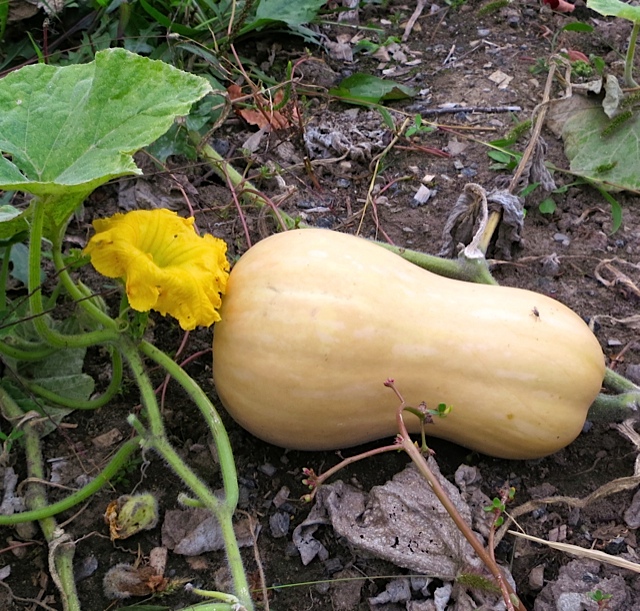 mother said, “Purple is for girls! Pink is for girls! Boy colors are this color.” It was the dictatorial tone that made it the worst day. This poor little boy who was probably only four years of age was already getting this significant messaging to shut down his creative world. I thought, “Wow! That sent chills up my spine.” I wanted to say, “Don’t squash his play because that’s not going to be good for him as he goes forward in life.”
mother said, “Purple is for girls! Pink is for girls! Boy colors are this color.” It was the dictatorial tone that made it the worst day. This poor little boy who was probably only four years of age was already getting this significant messaging to shut down his creative world. I thought, “Wow! That sent chills up my spine.” I wanted to say, “Don’t squash his play because that’s not going to be good for him as he goes forward in life.”
What I believe is that play leads itself to creative thinking and creative thinking leads to problem 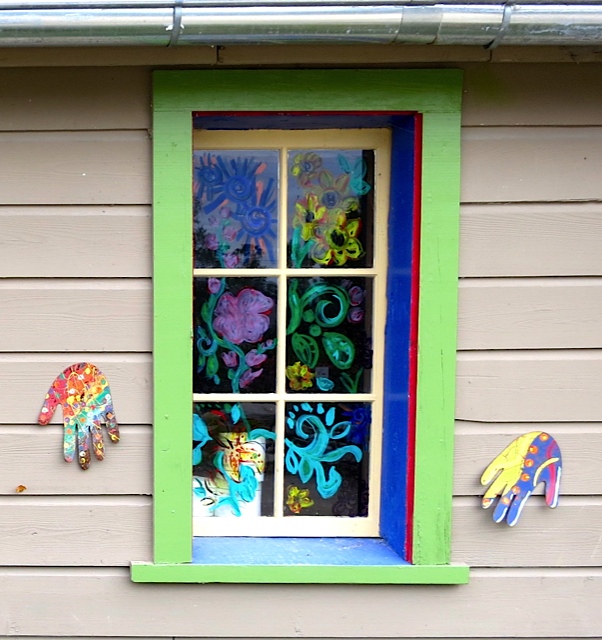 solving. That’s where innovation comes from and innovative ideas. If everybody stayed in their cubicle all the time and didn’t play around with ideas and solutions — that is all squashed out of them, they’d never come up with new products or new ways of doing things. Creative problem solving is play. You are playing with different solutions and allowing yourself to try different things.
solving. That’s where innovation comes from and innovative ideas. If everybody stayed in their cubicle all the time and didn’t play around with ideas and solutions — that is all squashed out of them, they’d never come up with new products or new ways of doing things. Creative problem solving is play. You are playing with different solutions and allowing yourself to try different things.
5. How did you survive your worst day?
I can drive some of my friends crazy because when I have bad days, I say, “I’m going to go count my 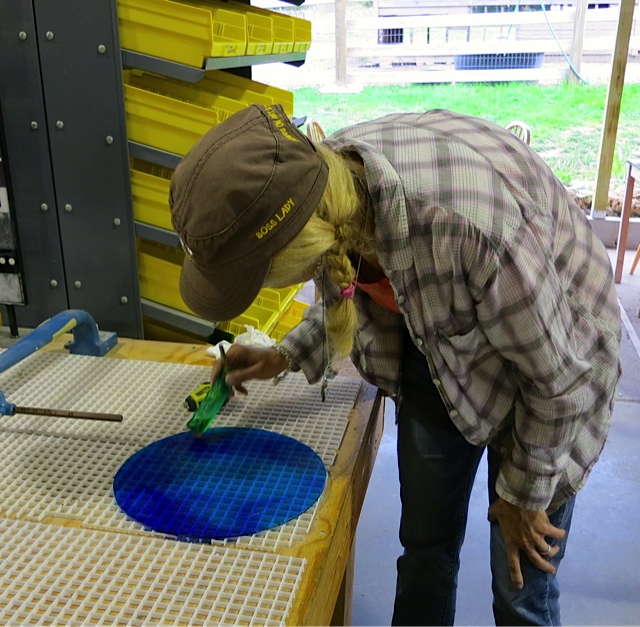 blessings.” I may ruminate on it for a while, but I count my blessings and find that the good out numbers the bad.
blessings.” I may ruminate on it for a while, but I count my blessings and find that the good out numbers the bad.
The biggest thing is to allow your self some self-reflection and listen to yourself. Don’t be afraid of making play your passion. If you are playing with something all the time, that might be a good indicator that that is something you might enjoy. When that becomes your focus, it’s amazing the wealth of energy that gets thrown behind that idea. All of a sudden, the work and play lines 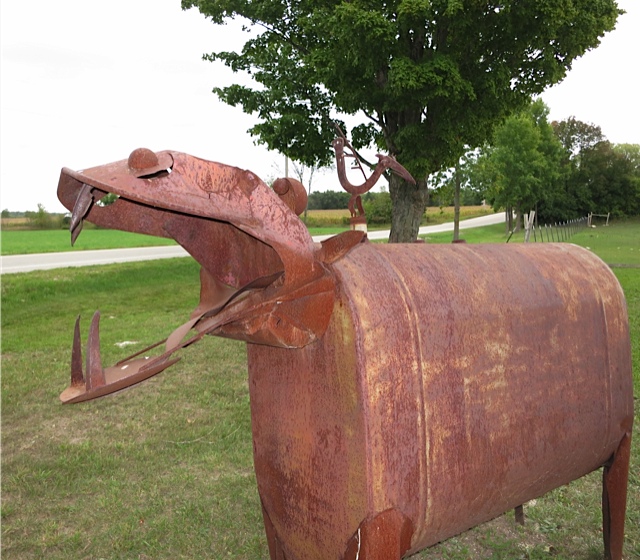 become blurred. It’s about asking yourself, “What do you feel like you want to do?” You must be honest and not give yourself the overlay of the “adult” messaging: Does that make sense? Is that practical? Is that reasonable? Practical and reasonable are my two trigger words. If I hear practical and reasonable, then I think somebody is dumbing themself down. They are not allowing, “What if?”
become blurred. It’s about asking yourself, “What do you feel like you want to do?” You must be honest and not give yourself the overlay of the “adult” messaging: Does that make sense? Is that practical? Is that reasonable? Practical and reasonable are my two trigger words. If I hear practical and reasonable, then I think somebody is dumbing themself down. They are not allowing, “What if?”
- « Previous person: Jenny MacReady
- » Next person: Mike Moyle